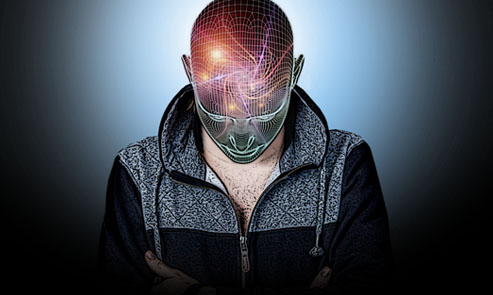
The Bible, Koran, Buddhist and Hindu scriptures all teach that we can be delivered into a paradisiacal state, whether after death, at the end of time, following many reincarnations, or as a result of personal effort and merit. This state of liberation is called grace or heaven by Christian religions, paradise by Muslims, and awakening or enlightenment by Eastern traditions (using various terms such as samadhi, mukti, bodhi, satori, and nirvana).
But what if grace, samadhi, and enlightenment are really based in biological science? What if they are states of higher order and complexity created by programmable circuits in the brain? Can neuroscience deliver on the promises presented by religion: freedom from suffering, violence, scarcity, and disease? Can neuroscience deliver us into a life where health, peace, and abundance reign?
In the 1930s, Dogon shamans of western Africa informed two French anthropologists of the existence of a companion sun to Sirius, the Dog Star. This celestial body could not be seen with the naked eye, and the shamans had no access to sophisticated telescopes. Yet they described it as extremely heavy, orbiting around Sirius in an elliptical pattern that required half a century for each complete cycle. Forty years later, astronomers with powerful telescopes identified the star and named it Sirius B. There are many more examples of the discovery of seemingly impossible knowledge. For example, Amazon sages claimed that, after fasting and praying during vision quests, they were taught by the plants themselves how to prepare curare, a neurotoxin employed for hunting and also used for modern anesthesia.
It is statistically impossible to discover the formula for curare through trial and error, which underlines the shamans’ claim that they accessed information from the natural world―from the biosphere itself―by tapping into the invisible wisdom of a field that permeates all of life. This web of life, which they refer to as the Divine Mother, is a living energy system that supports and informs all creatures. It is, in essence, a matrix of energy that connects all living entities.
This concept is making its way back into the minds of the science community. Scientists are also beginning to reconsider the notion of space as one huge void. A growing number of physicists postulate that space is not empty but full of energy―cosmic radiation from the Big Bang, pulsating electromagnetic fields, and gravity. Could this energy be a vast storehouse of information as well?
The pendulum has begun to swing back to the ancient belief in an interconnected universe and the importance of the divine feminine. Contemporary scientists, including the Noble Prize-winner Erwin Schrodinger, the neuroscientist Humberto Maturana, and the physicist Francisco Varela, have suggested the interrelatedness of all particles in the universe.
We can find evidence of this interconnectedness in physics in a property known as entanglement. Evidence indicates that when two particles are created together, such as through the radioactive decay of other particles, they remain linked together, or entangled, no matter how far apart they might be from each other. When one entangled particle has a positive charge, its mate will have a negative charge. Reversing the charge of one causes an instantaneous reversal in the other. This defies the laws of General Relativity because it would involve a signal traveling faster than the speed of light. Yet the concept of entanglement is consistent with the laws of quantum mechanics, which describe a universe in which distant interactions are not only permitted but commonplace. Quantum mechanics is thought to apply only to subatomic particles because quantum effects are not observable on a larger scale. But Stuart Hameroff, an anesthesiologist and professor at the University of Arizona, and Jack A. Tirszynski, a physicist at the University of Alberta, both suggest that quantum processing―on a level larger than subatomic―may actually be occurring inside the brain.
A commonly accepted scientific model states that consciousness arises as the result of the computational power―the information processing capabilities―of the human brain. Hameroff is studying microtubules, which are structural components of the cell that transport nutrients from the cell body to the axon terminal. In Hameroff’s research, he noted that anesthesia works through an effect on neural microtubules. The correlation between consciousness and computational power led Hameroff to reason that these microtubules could, in fact, act as information-processing modules, which would increase the current estimates of human computational capabilities more than a millionfold. And if this were the case, simple computing power could offer humans the mental “bandwidth” necessary to commune consciously with the biosphere―in essence tapping into the information of our interconnected universe.
With research such as this, scientists are finding models to elucidate what shamans and seers have so elegantly and simply explained in the past as our ability to have an active dialogue with all of nature.
.
.







